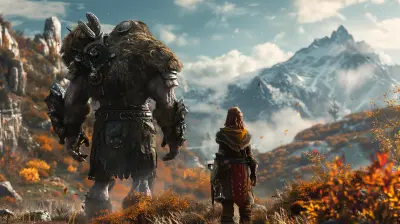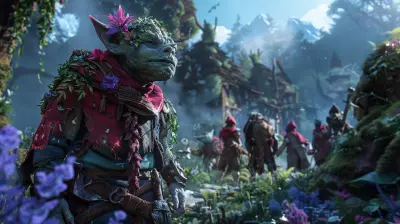How Single Player Games Have Perfected World Exploration
19 May 2025
Video games have come a long way, haven't they? From pixelated side-scrollers to jaw-dropping open worlds, the evolution is nothing short of mind-blowing. But one area where single-player games have truly raised the bar is world exploration. I’m not talking about just running through big maps or ticking off checklists—no, I mean the kind of exploration that feels alive. The kind that makes you lose track of time because you were too busy climbing that mountain, sneaking through dense forests, or uncovering a hidden ruin tucked away in some forgotten corner.
So, how did single-player games nail this? Why do these virtual worlds feel so immersive, so tangible that they keep us hooked for hours on end? Let’s break it down. 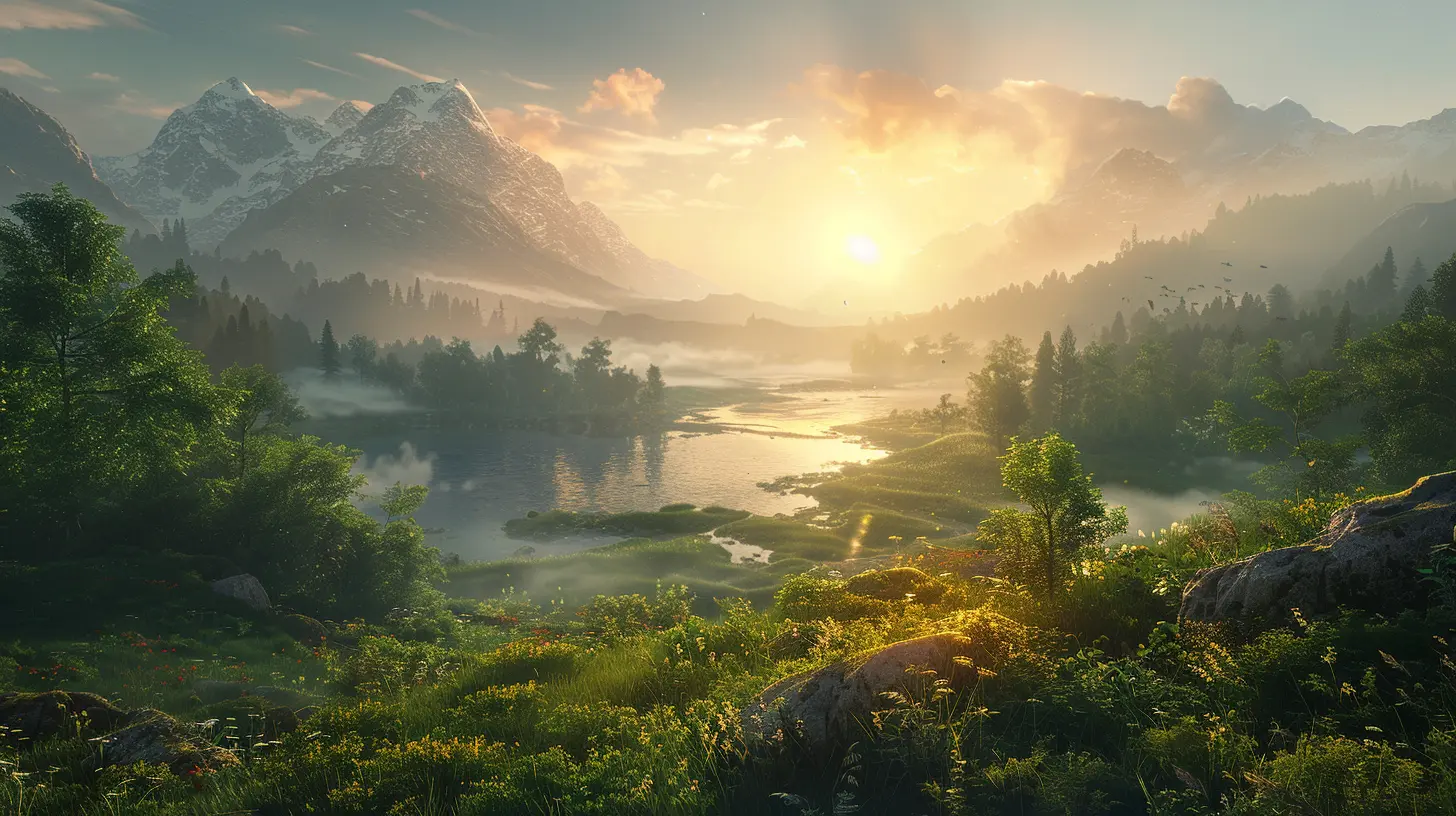
The Art of Crafting Immersive Worlds
Have you ever walked into a video game world and felt your jaw drop? I’m talking about games like The Witcher 3: Wild Hunt, Red Dead Redemption 2, and Horizon Zero Dawn. These worlds aren’t just beautiful backdrops—they feel lived-in, like they have histories, ecosystems, and stories of their own. It’s this blend of artistry and design that has made single-player games the kings of world exploration.Detail Is Everything
Developers don’t just design environments; they sculpt them with painstaking detail. Take Red Dead Redemption 2, for example. Every tree, river, and crevice feels intentional, right? Stumble across a secluded cabin, and there’s a story waiting inside, whether it’s a diary or just the eerie sound of creaking floorboards. That’s the kind of attention to detail that makes you want to explore every nook and cranny.And let’s not forget sound design. The chirping of birds, the rustling of leaves, or the distant howl of a wolf—it all pulls you in, making these digital worlds feel alive. It’s like stepping into a painting that reacts to you. Crazy, right? 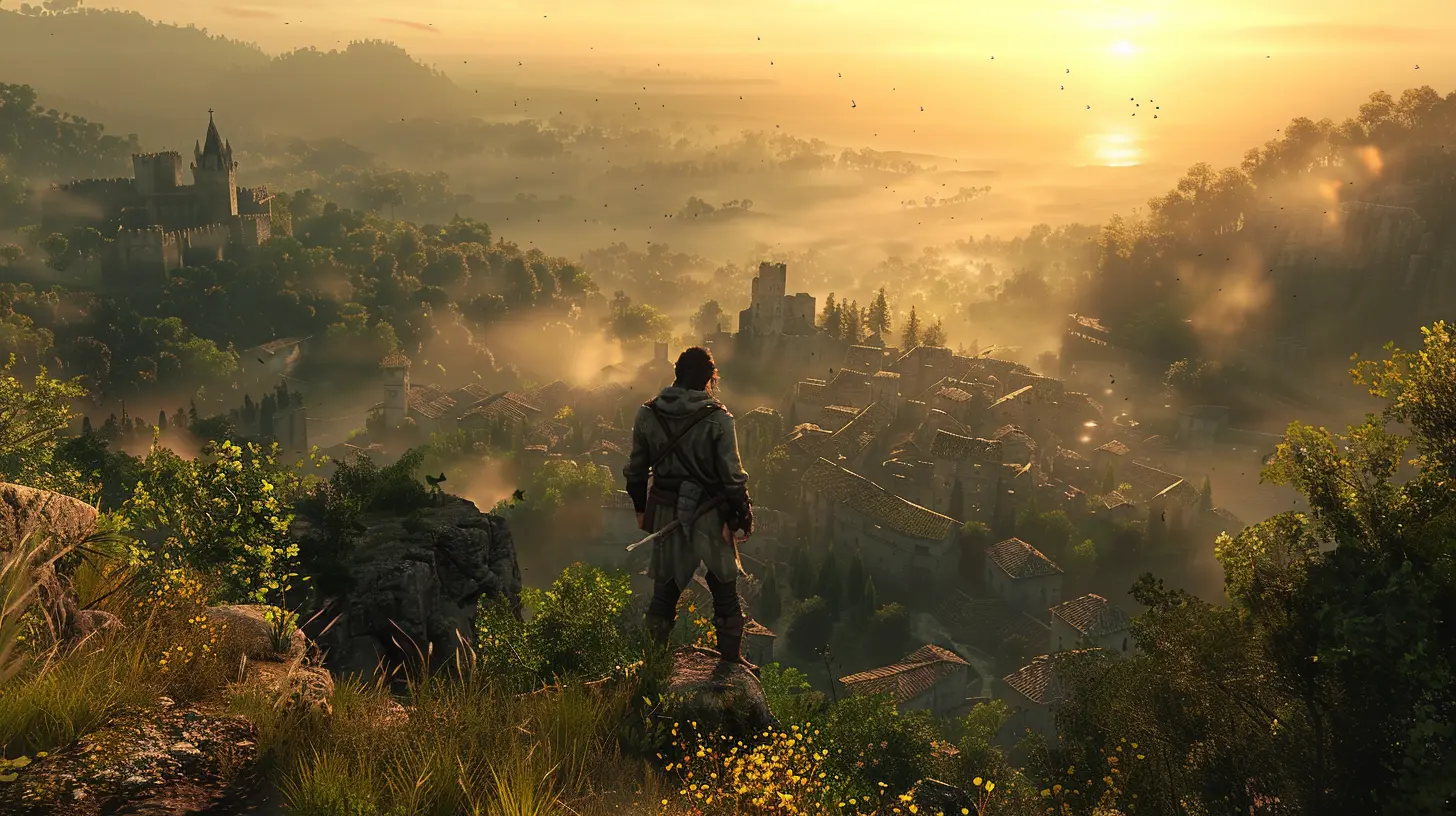
Freedom to Roam: Open Worlds Done Right
When it comes to world exploration, size does matter...but not in the way you think. It’s not just about having a massive map; it’s about giving players the freedom to roam while ensuring every inch of that map feels meaningful.Quality Over Quantity
Bigger isn’t always better. Sure, a massive map can be impressive at first glance, but if most of it feels empty, what’s the point? Games like The Legend of Zelda: Breath of the Wild nailed this balance. You could spend hours climbing cliffs or gliding over valleys, but no moment ever felt wasted. Why? Because there was always something interesting to find—a puzzle, an enemy camp, or just a breathtaking view that made you pause and say, “Wow.”Player-Driven Exploration
The best single-player games don’t hold your hand; they give you the tools and let you figure it out. Remember the first time you got lost in Skyrim? It wasn’t frustrating—it was exciting. You might’ve been on your way to complete a quest, but then you saw a mysterious cave in the distance. Before you knew it, you’d spent two hours fighting skeletons and looting treasure. That’s the magic of letting players decide their own path.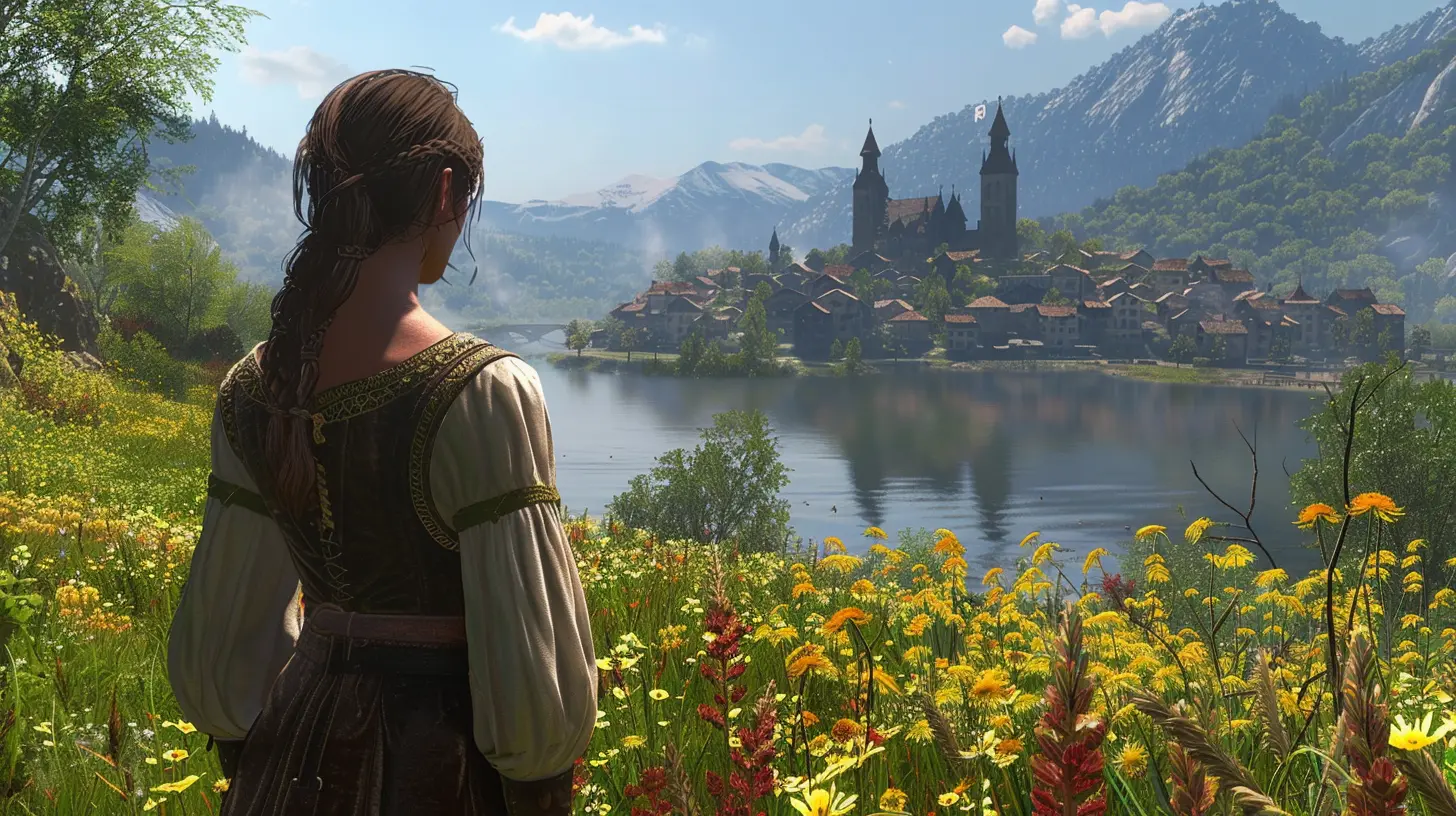
Narrative and Environment: A Perfect Marriage
Exploration isn’t just about wandering aimlessly—it’s about storytelling. The best single-player games weave narrative into their environments so seamlessly that you learn about the world just by walking through it.Environmental Storytelling
Ever stumbled upon a broken-down cart in The Witcher 3 and wondered what happened? Maybe all you found were claw marks and scattered belongings. That’s environmental storytelling at its finest. A good single-player game doesn’t tell you everything outright—it lets you piece things together like a detective.Games like Dark Souls are masters of this. They don’t spoon-feed you lore; instead, they make you work for it. The crumbling architecture, ominous statues, and cryptic item descriptions all hint at a larger story, creating an eerie sense of mystery that keeps you wanting more. 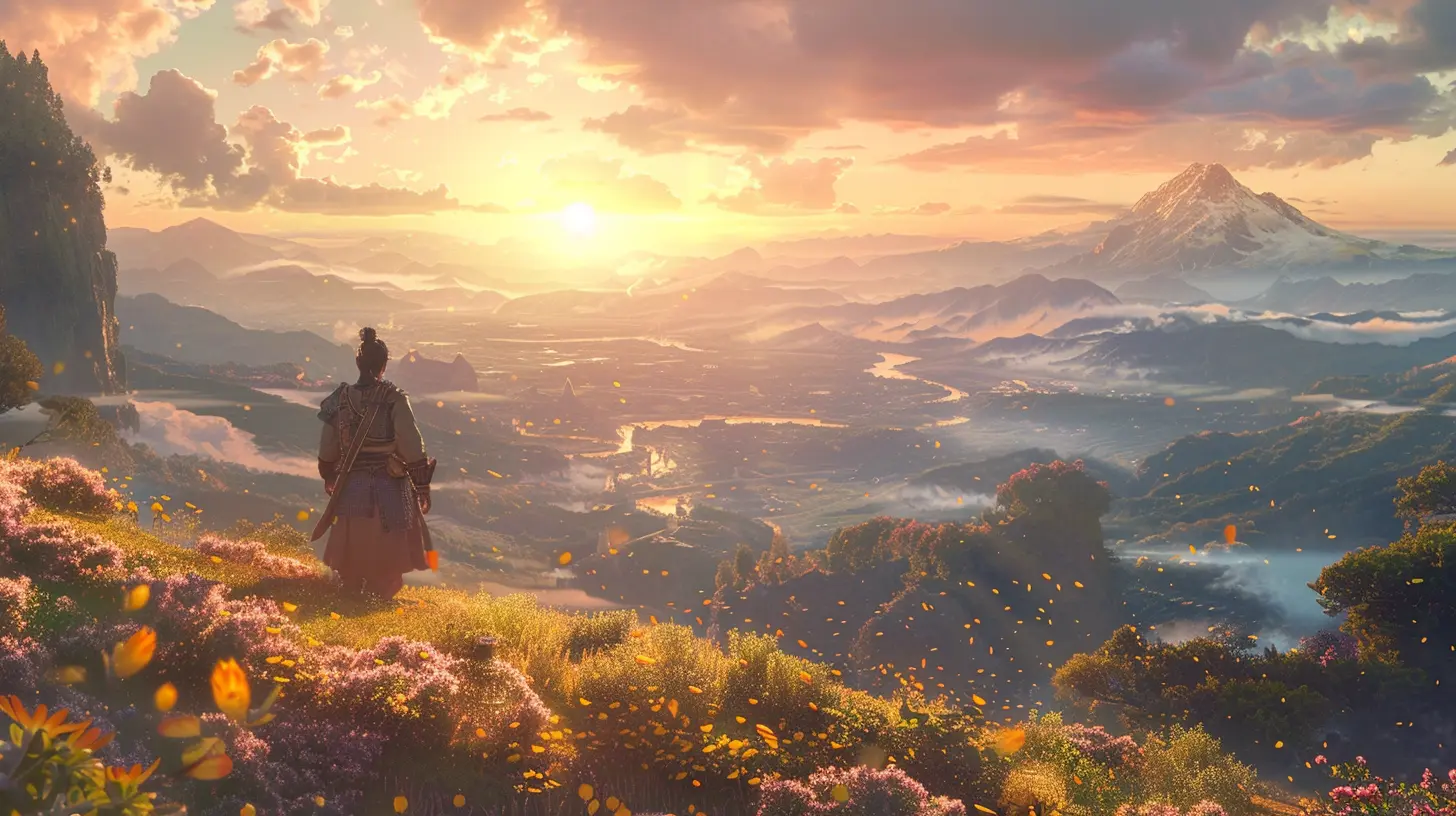
Mechanics That Make Exploration Addictive
Let’s talk gameplay. A beautifully designed world means little if the mechanics don’t support exploration. Thankfully, many single-player games have nailed this part too.Movement Feels Good
Ever notice how the best exploration games make even walking fun? In Assassin’s Creed: Odyssey, scaling ancient ruins or diving into the sea feels satisfying because the movement mechanics are so fluid. Same with Spider-Man—swinging through New York is so enjoyable, you almost forget there’s a story waiting for you.Rewarding Curiosity
Single-player games reward curiosity like no other. Whether it’s finding rare loot, unlocking a secret area, or stumbling upon a hilarious Easter egg, these games make you want to poke around every corner. Remember finding that talking sword in Divinity: Original Sin 2? Pure gold.The Role of Technology in World-Building
Let’s not overlook the tech that makes all this possible. Modern single-player games owe a lot to advancements in technology—better graphics, improved AI, and more powerful processors allow for richer, more complex worlds.Dynamic Worlds
Technology has enabled dynamic weather systems, day-night cycles, and NPCs with routines. Take Ghost of Tsushima—storms roll in unexpectedly, and the wind literally guides you to points of interest. These little touches make the world feel dynamic, like it’s evolving even when you’re not there.AI That Reacts to You
When NPCs feel alive, the world becomes even more immersive. In Red Dead Redemption 2, people greet you differently depending on how you’re dressed or whether you’ve got dirt on your face. It’s these subtle details that trick your brain into thinking, “Yeah, this world is real.”Why Single-Player Games Stand Apart
So, what sets single-player games apart from their multiplayer cousins when it comes to exploration?Focused Design
It’s pretty simple: single-player games are built with you in mind. Developers don’t have to worry about balancing mechanics for a dozen other players or dealing with online latency. This means they can focus entirely on creating a world that’s as immersive and engaging as possible.A Sense of Solitude
There’s something uniquely satisfying about being alone in these expansive worlds. No teammates yelling in your ear, no one rushing you to the next objective—just you and the game. It’s almost meditative.The Future of World Exploration in Single-Player Games
Where do we go from here? With advances in virtual reality (VR) and artificial intelligence, the limits are being pushed even further. Imagine exploring a world where every NPC has a unique personality or where the environment changes based on your actions. The possibilities are endless, and honestly? I can’t wait to see what’s next.Final Thoughts
Single-player games have perfected world exploration by combining stunning visuals, engaging gameplay mechanics, and compelling storytelling. They’ve turned basic maps into living, breathing worlds that feel not only fun to traverse but meaningful to engage with. Whether you’re scaling mountains in Skyrim or navigating the neon-lit streets of Cyberpunk 2077, these games remind us why we fell in love with video games in the first place—to escape reality and lose ourselves in another universe.So, what’s your favorite single-player world to explore? Let’s talk about it!
all images in this post were generated using AI tools
Category:
Single Player GamesAuthor:

Aurora Sharpe
Discussion
rate this article
4 comments
Shiloh Morgan
In solitary realms, we wander free, Each pixel a dream, each story a key. With whispers of worlds both vast and alive, Single-player journeys teach our hearts to thrive. Exploration's art, where imagination dives.
May 26, 2025 at 2:55 PM

Aurora Sharpe
Thank you! You've beautifully captured the essence of single-player games and their ability to inspire exploration and creativity.
Kenna McKnight
Single-player games have mastered world exploration by weaving rich narratives with immersive environments. Each corner turned reveals secrets, inviting curiosity and emotional investment. Unlike multiplayer chaos, these solitary journeys transform landscapes into living stories, proving that sometimes, the best adventures are experienced alone.
May 26, 2025 at 4:42 AM

Aurora Sharpe
Thank you for your insightful comment! I completely agree—single-player games truly excel at crafting immersive environments and narratives that invite deep exploration and emotional connection.
Felix McConnell
Absolutely loved this article! 🌟 Single player games truly shine when it comes to world exploration, inviting us into beautifully crafted realms filled with secrets and stories. Each adventure feels personal and magical, making every discovery a joy! Can’t wait to dive into the next immersive journey! 🎮✨
May 25, 2025 at 4:25 AM

Aurora Sharpe
Thank you for your kind words! I'm glad you enjoyed the article and share the excitement for the immersive worlds single-player games offer! Happy exploring! 🎮✨
Roxanne Gill
Absolutely love exploring solo worlds!
May 20, 2025 at 1:18 PM

Aurora Sharpe
Thank you! Solo exploration truly offers a unique sense of freedom and immersion.

